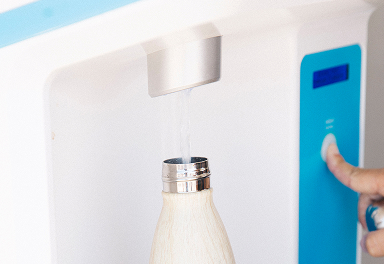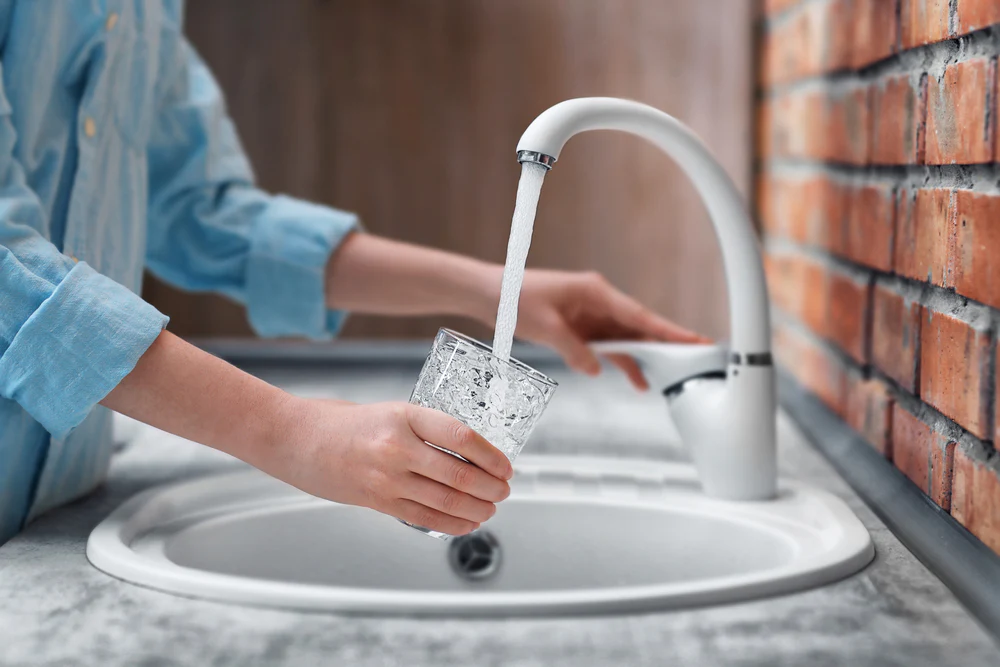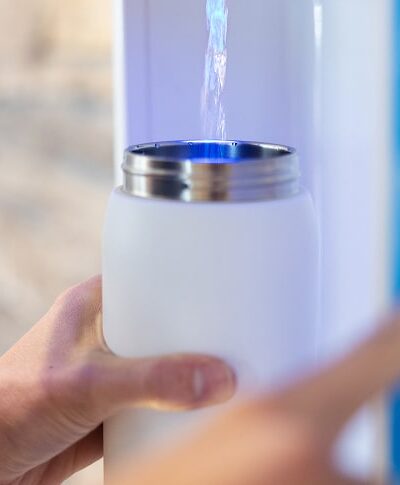In recent years, microplastics—tiny plastic particles less than 5 millimeters in size—have become an alarming topic in conversations about health and the environment. They’re not just polluting oceans or being found in marine life—they’re also making their way into our drinking water.
From tap water to bottled water, microplastics are everywhere. Fortunately, there are effective ways to reduce your exposure—starting with what’s in your glass. One of the most powerful tools? A modern water dispenser like the FloWater Refill Station, equipped with advanced purification technology specifically designed to remove microplastics, nanoplastics and other contaminants.
What Are Microplastics (and How Are They Getting Into Our Water)?
Microplastics can originate from a variety of sources, including:
- Breakdown of larger plastic items like bottles and bags
- Shedding from synthetic clothing during washing
- Industrial runoff and packaging waste
- Leaching from plastic water bottles—especially when exposed to heat or light
A 2019 study by the World Health Organization (WHO) found that 93% of bottled water samples contained microplastics, with some brands showing up to 10,000 plastic particles per liter. Even municipal tap water in the U.S. isn’t immune, with over 94% of tested samples showing traces of plastic fibers.
The Health Risks of Consuming Microplastics
While research is still ongoing, scientists are increasingly concerned about the long-term health effects of microplastic ingestion. Potential risks include:
- Inflammation and tissue damage from plastic particles
- Chemical leaching from additives like BPA and phthalates
- Endocrine disruption, which can impact hormones and reproductive health
- Immune system impairment due to chronic exposure
These risks are especially pronounced when microplastics come from single-use plastic water bottles, where degradation over time can lead to a higher release of particles—especially if bottles are reused, heated, or stored in sunlight.

How to Reduce Microplastic Consumption in Water
One of the easiest ways to reduce your microplastic consumption is to stop using single-use plastic water bottles. Instead, opt for a modern purified water dispenser like the FloWater Refill Station—a modern, eco-conscious solution to water purity. One of its most powerful features is its 7x Advanced Purification system, which removes:
✅ Microplastics
✅ PFAS (forever chemicals)
✅ Heavy metals (like lead)
✅ Chlorine, fluoride, and bad taste
✅ Harmful pathogens and bacteria
This process includes carbon filtration and advanced osmosis, two of the most effective methods for removing even the smallest particles from drinking water.
So instead of relying on bottled water—which may ironically be a source of microplastics—you can offer your team ultra-purified, microplastic-free water straight from the FloWater Refill Station.

Additional Benefits of Switching
No plastic waste: Each refill at a FloWater Refill Station helps eliminate plastic bottles
Enhanced taste: With electrolytes added and harmful substances removed, the water tastes crisp and clean
Sustainable branding: A FloWater Refill Station signals your commitment to health and the environment
Final Thoughts
Avoiding microplastics starts with being intentional about your water source. Advanced purification, like the system found in the FloWater Refill Station, ensures you’re not only hydrating, but also protecting your long-term health and reducing your plastic footprint in the process.
It’s time to say goodbye to bottled water—and the microplastics that come with it
Sources:
https://orbmedia.org/the-invisibles
https://journals.plos.org/plosone/article?id=10.1371/journal.pone.0194970




